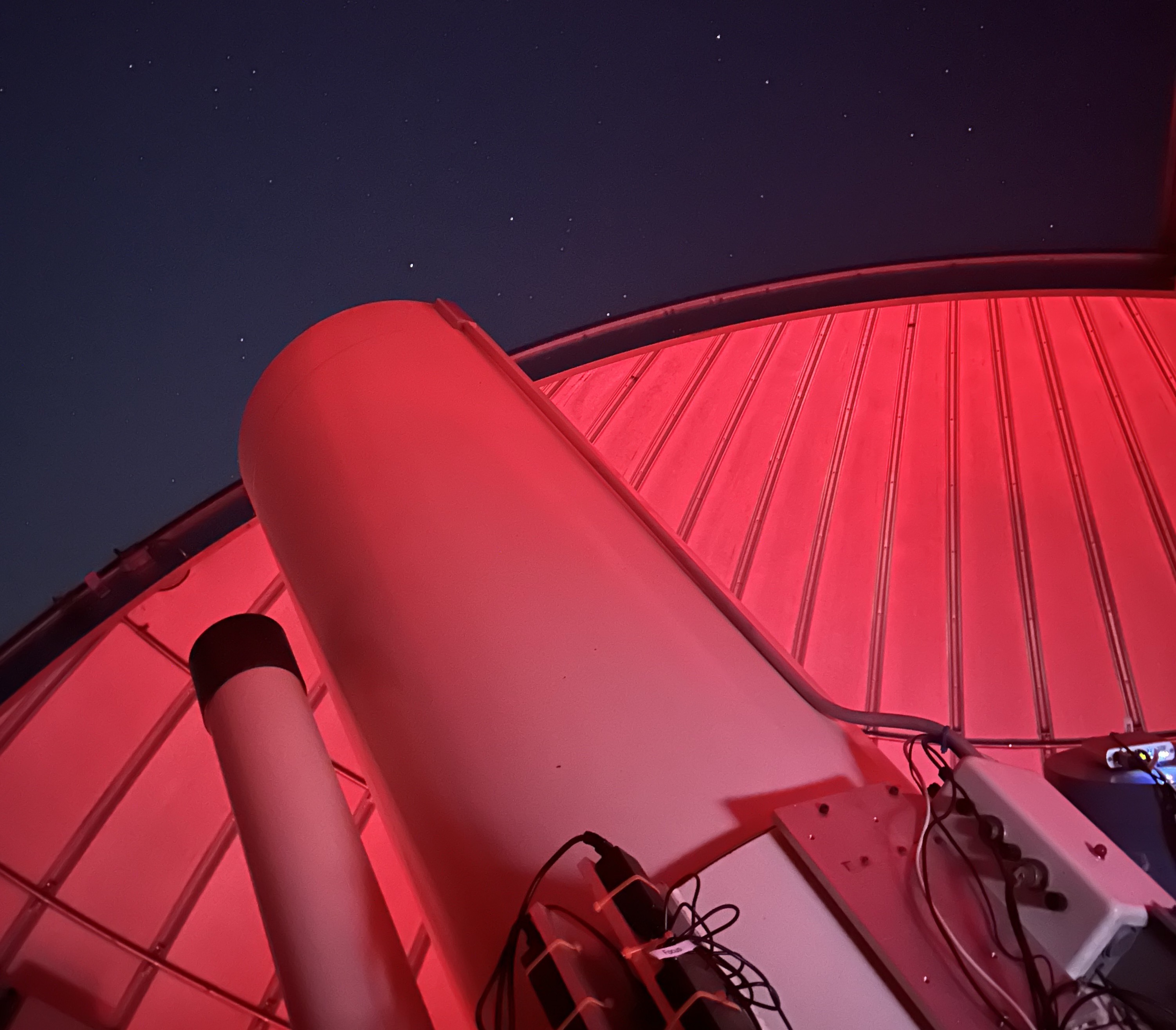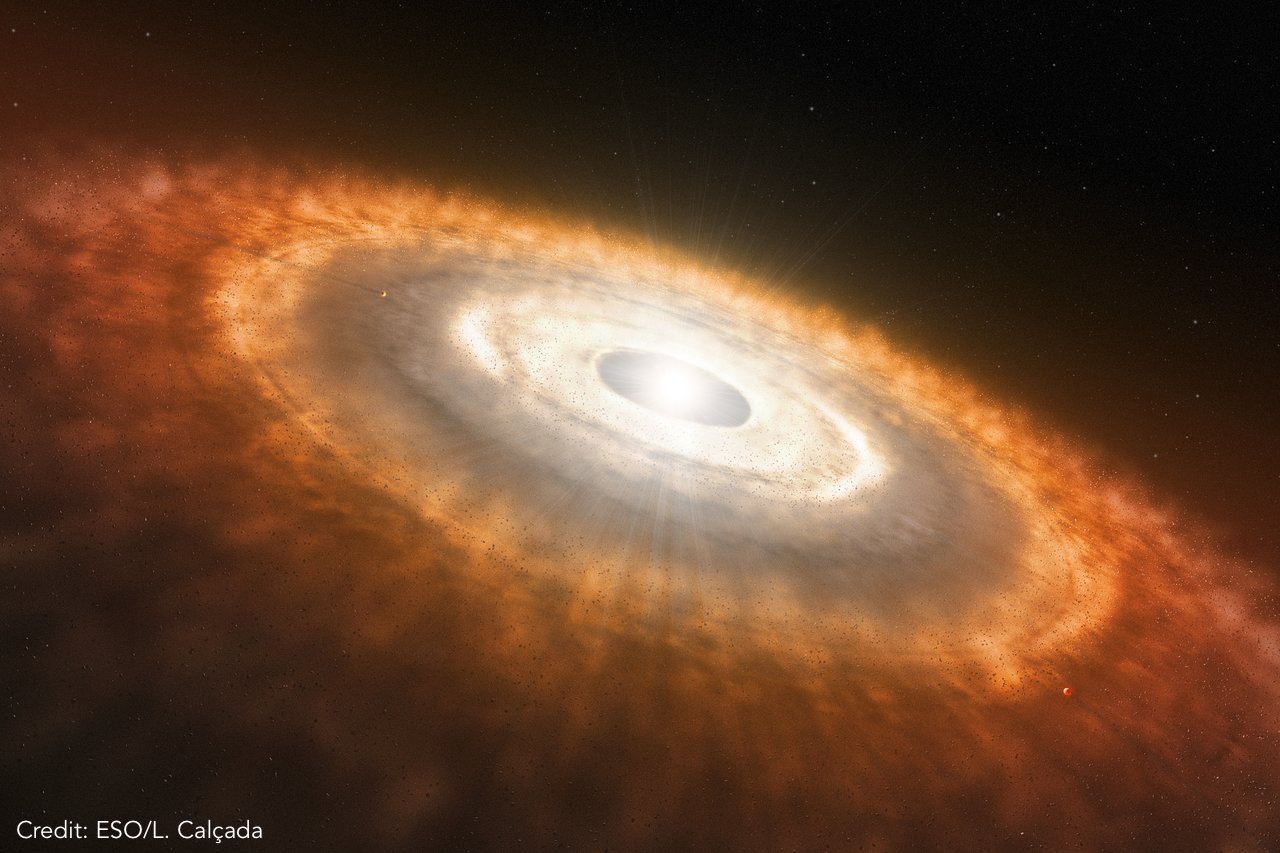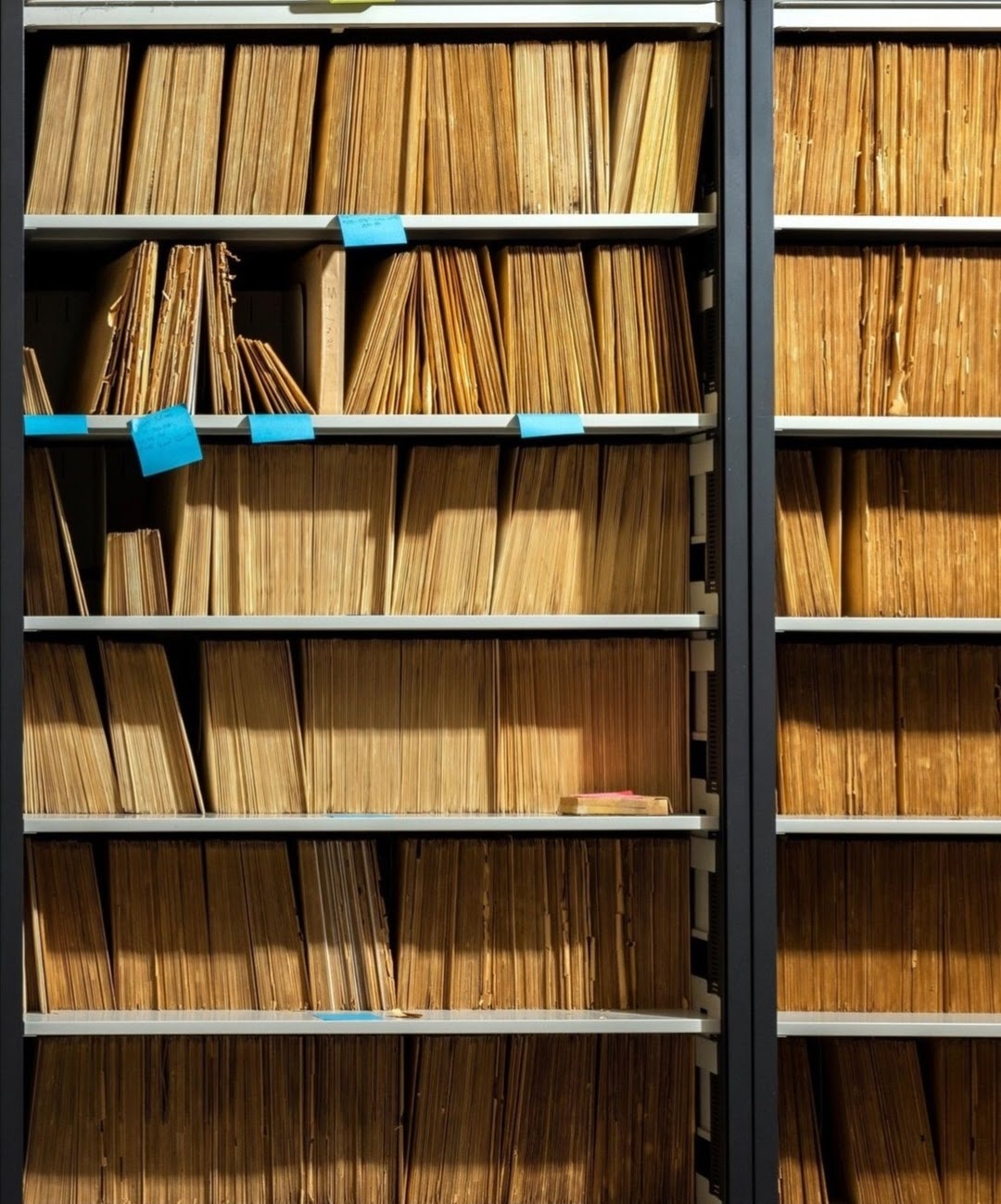Observing, Modeling, and First measurements
Our Research Focus for 2024
We aim to supply remote access to observing transits and transients, and on-site training.

Observing transits and transient phenomena
Astronomical transits occur when an objects passes between us and a larger object being observed. The small object could be a planet, exoplanet, or asteroid, and the larger object can also be a planet or a star. Transient phenomena are events that arrive quickly and have a narrow window of opportunity for observation.
At Yerkes, we plan to observe transits—particularly of white dwarf stars—and transient phenomena.

Modeling the enviroments around stars
Planetary systems, like our Solar System, are a by-product of the formation of stars. These systems evolve over astronomical timescales, so any one observation of such a system is incomplete, providing only an snapshot. However, if we create realistic models of the planetary sytems and disks around stars of different ages, we are then constructing a roadmap leading to a more complete understanding of the formation, evolution, and overall properties of planets, in and out of the Solar System.

First Measurements on glass plates
The Yerkes Observatory photographic plate collection holds about 180,000 catalogued plates, taken primarily at Yerkes itself or at the McDonald Observatory. There are current and ongoing efforts by a small group of volunteers to upload the metadata and digital image of each item in the Yerkes plate vault. At Yerkes, the current digitization efforts employ a commercial scanner that can be used to extract scientifically meaningful astrometric and photometric data from photographic plates as demonstrated in Cerny et al. 2021.
We aim to build a citizen science program around the Yerkes Observatory plate vault that would expand current volunteering opportunities of inputting metadata and scanning plates, to analyzing the content of those plates.
